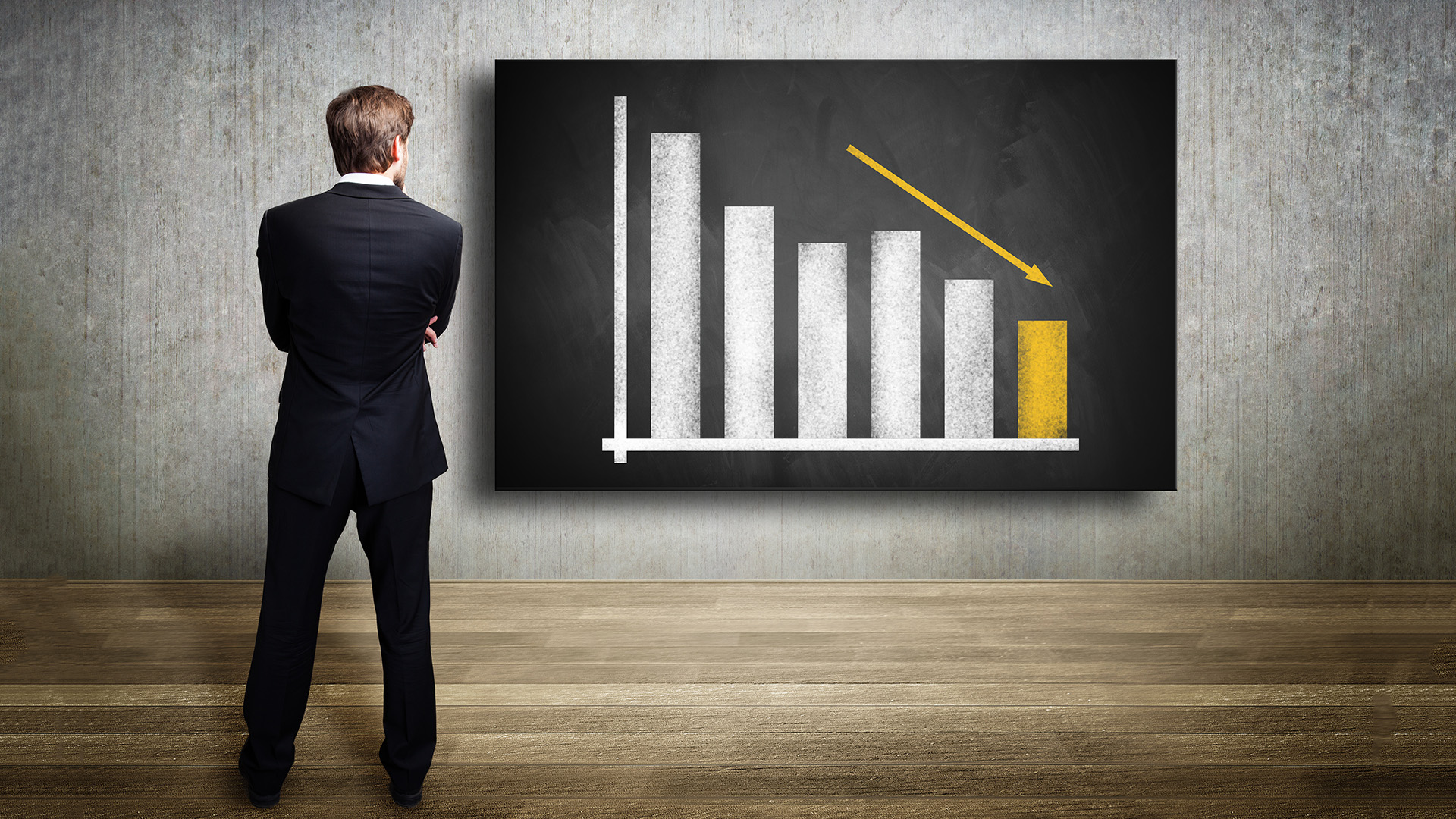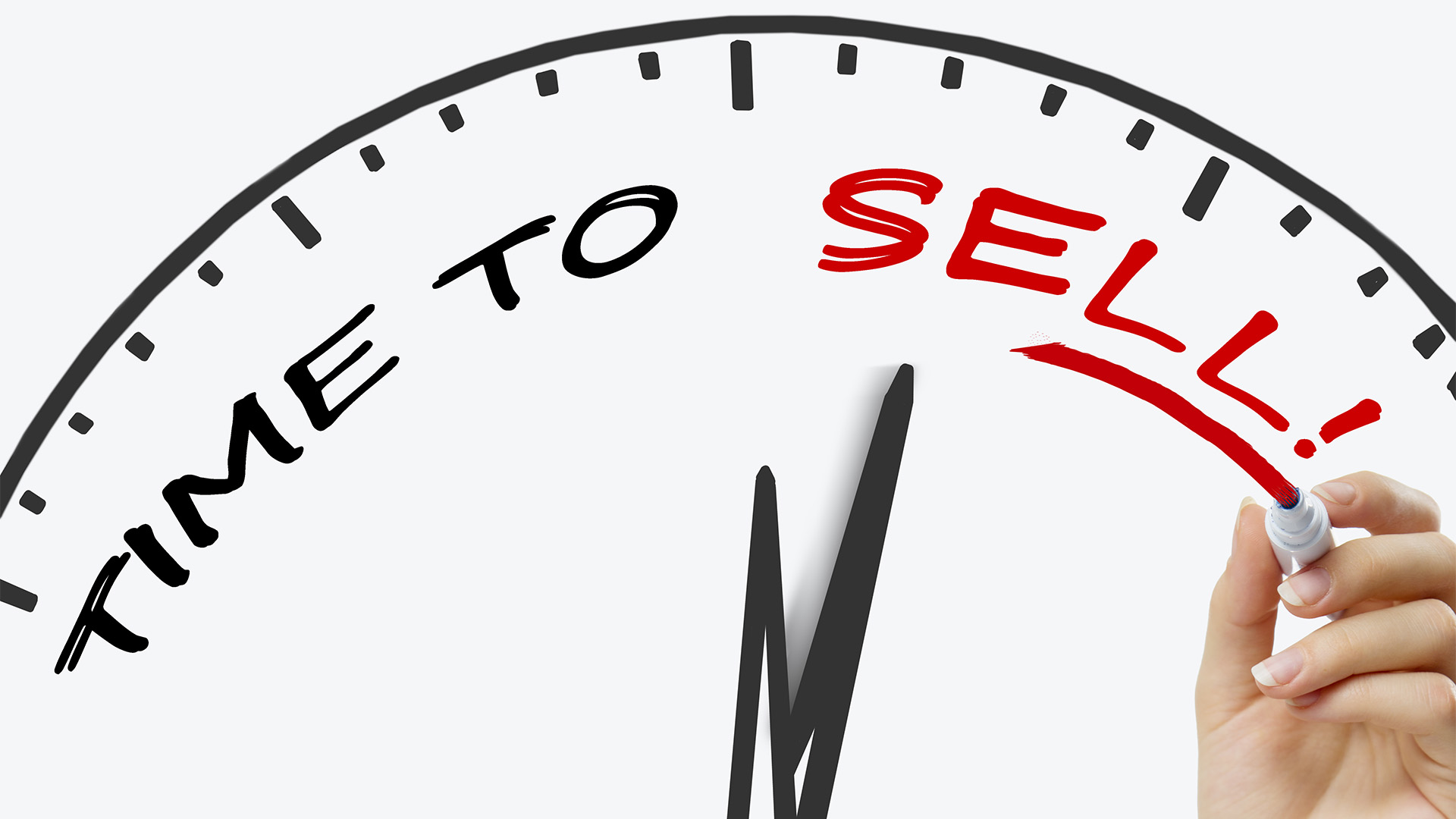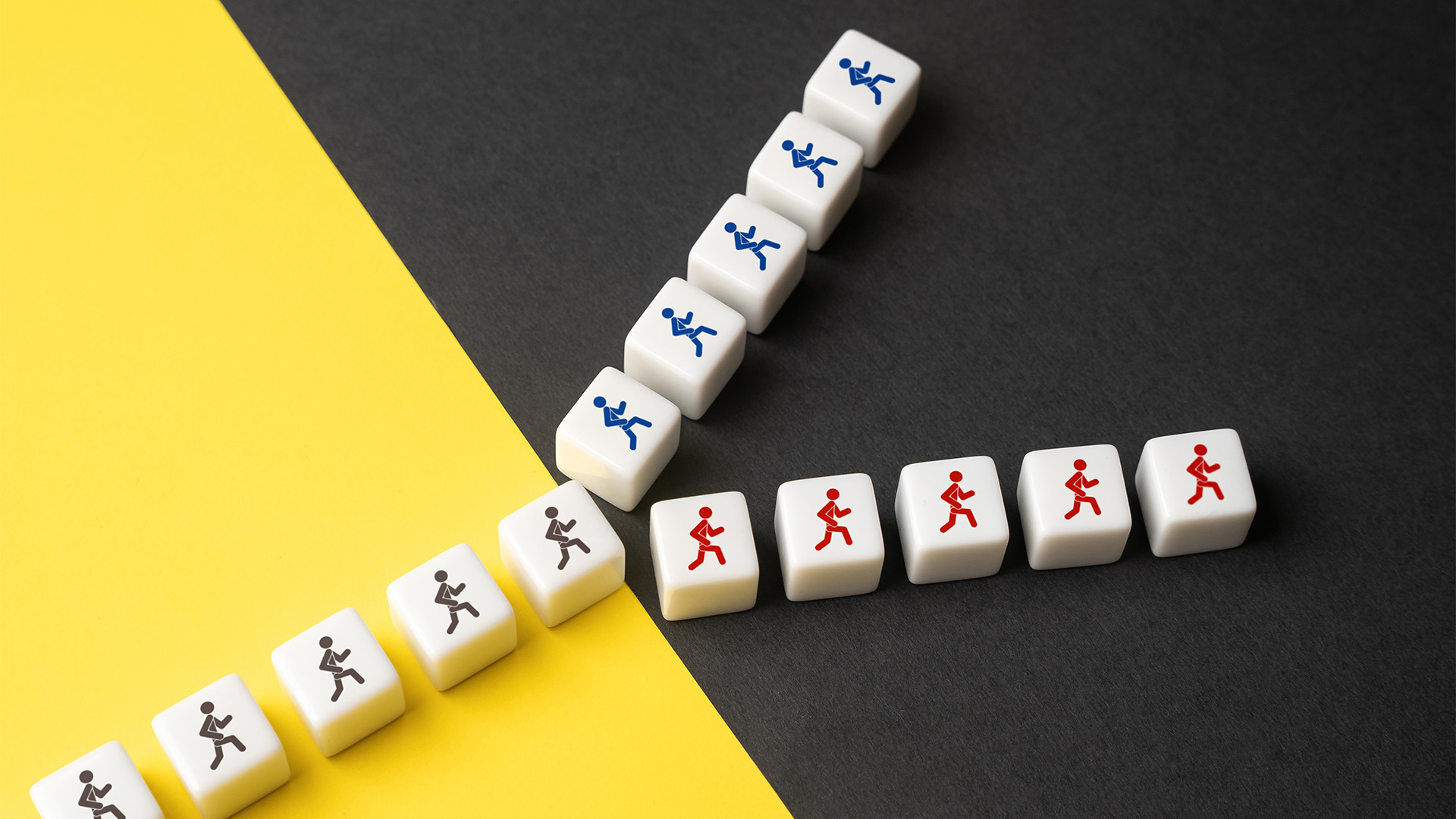
Not the sort of news you’d like to hear from China:
Just as the country’s leader Hu Jintao was telling the world in an official interview that nation’s $US585 billion stimulus package had “begun to take effect,” a survey shows the country’s huge manufacturing sector still doing it tough for an eight successive month.
The figures showed an improvement in both domestic and manufacturing output and orders, but they are still negative, so the trend remains down.
The president said in the interview that China will seek “positive” results from the meeting of leaders from the 20 biggest economies that starts in London tonight, our time.
Hu reportedly said he’d urge leaders to take measures to stabilize financial markets and improve policy coordination.
Then news reports yesterday afternoon said China’s manufacturing shrank for an eighth month in March as collapsing global trade cut exports and growth across Asia.
The CLSA China Purchasing Managers’ Index dropped to a seasonally adjusted 44.8 last month from 45.1 in February. A reading below 50 shows a contraction.
That was after February saw February’s index rose from 42.2 in January.
(Australia’s Performance of Manufacturing Index from The Australian Industry Group yesterday showed a slight rise to 33.4)
“A worsening of domestic manufacturing orders lies behind the drop in the PMI and accords with what we are seeing on the ground in the steel industry,” said Eric Fishwick, head of economic research at CLSA in Hong Kong. “Expect the production index to show softness in April.”
"The fall in the PMI showed the danger of companies increasing orders for products in anticipation of, rather than in response to, government projects," he said.
The manufacturing index increased for a fourth month from a record low of 40.9 in November. An index of export orders rose to 41.4 in March from 39.5 in February.
A measure of orders climbed to 43.6 from 44.2. Output gained to 44.3 from 43.9. An employment index rose to 47.1 from 46.6, its second increase in eight months.
On the face of it that’s better news than in previous months, but CLSA’s Mr Fishwick said “More encouragingly, export orders continue to improve,” said Fishwick. “They are still falling but at the most moderate pace since October.”
The Organisation for Economic Co-operation and Development reckons that buoyant private consumption and investment, and a pick up in credit growth, is helping Chinese domestic demand to grow, thereby offsetting the continuing slide in exports.
The Asian Development bank said on Tuesday that China’s economy is reacting positively to the government’s stimulus plan with investment spending this year “exceeding all expectations.”
China has admitted that hitting its target growth rate of 8% this year will be difficult. Growth in the 4th quarter fell to an annual rate of 6.8%. It is thought to have eased further in the quarter just ended.
According to a researcher with the National Development and Reform Commission, China’s exports may drop 10% this year and imports might fall 5%. Both are running lower than that after the first two months of the year.
Corporate profits are down, retail sales have slowed and spending on property, the real driver in the domestic economy up to last year, remains low.
But in Japan it was more of the same message we have been getting now for a few months, and especially this week.
No joy anywhere with unemployment rising, production and exports and investment down, prices steady to negative, growth plunging, retail sales down and consumption falling.
It’s no wonder that yesterday’s quarterly Tankan survey from the Bank of Japan was so grim.
Confidence among Japan’s biggest companies fell to a record low, a sign the recession is taking a tighter grip on the country and business.
The Bank of Japan said its quarterly Tankan survey of large makers of electronics, cars and other products found confidence even lower than in 1975, when the company was still in the grip of the first oil shock.
An Index measuring sentiment among large makers of cars, electronics and other goods slid to minus 58 in March from minus 24 in December.
The previous record low was minus 57 in 1975.
The 34 point decline surpassed the 26-point plunge suffered during the 1973-1974 oil shock when Japan shuddered under the impact of rising energy prices, a situation which ended the country’s rebound from World War Two.
The Tankan found that manufacturers believed sentiment would stay gloomy, forecasting a confidence rating of minus 51 for June.
But seeing that was better than the March reading, some analysts said there was an upside appearing, just as there was with the rebound forecast in March and April industrial production by the Ministry for the Economy, Trade, Industry (METI)
Major manufacturers said they expect a 62.7% drop in pre-tax profits in the financial year that ended on March 31.
They also forecast a 19.7 percent slump for the new fiscal year that began yesterday.
Large firms across all sectors plan to trim their plant and equipment investment by 6.6% on average for the current fiscal year, in contrast to sharp gains in corporate capital spending in recent years.
That’s all bad news for Japan. But it doesn’t need any more big spending capital projects













